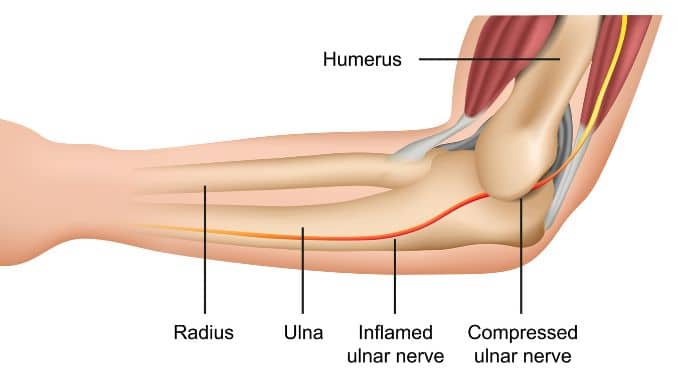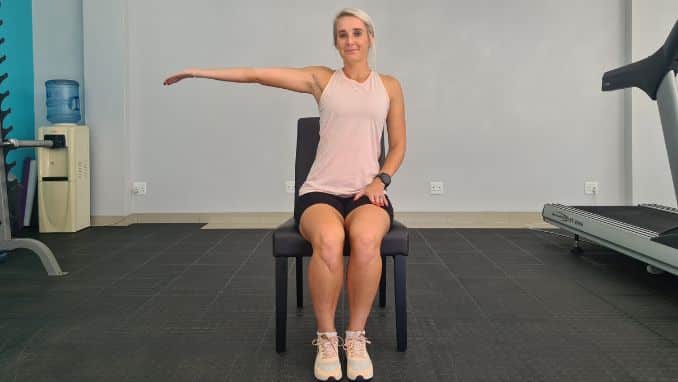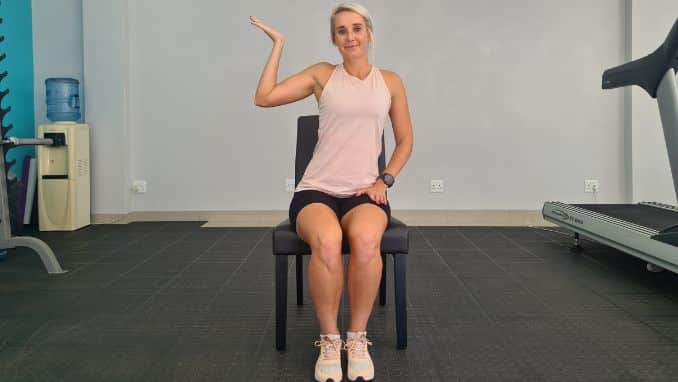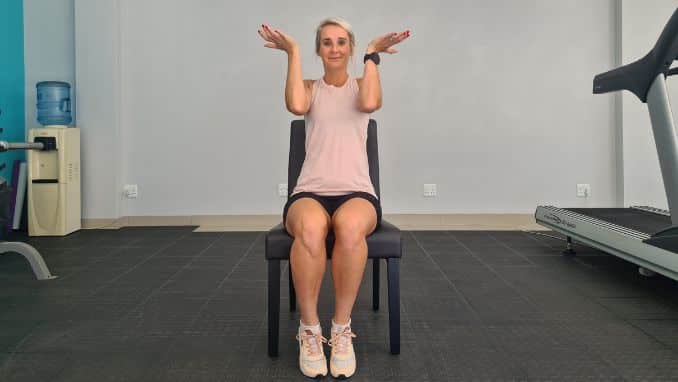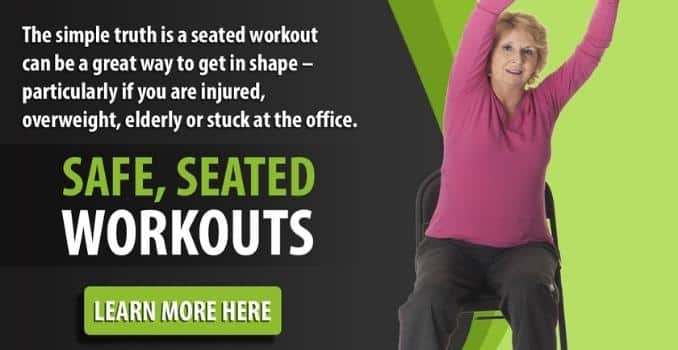Cubital Tunnel Syndrome is a condition that involves pressure or stretching of the ulnar nerve (also known as the “funny bone” nerve), which can cause numbness or tingling in the ring and small fingers, pain in the forearm, and weakness in the hand. Sometimes, cubital tunnel syndrome results from abnormal bone growth in the elbow or intense physical activity that increases pressure on the ulnar nerve.
Causes Of Cubital Tunnel Syndrome
The exact cause of cubital tunnel syndrome may not be narrowed down easily and exactly, but possible causes can include the following:
-
-
Snapping
-
Snapping the medial epicondyle repeatedly when moving because your ulnar nerve might not stay where it’s supposed to cause irritation on the nerves.
-
-
Pressure
-
Simple elbow leaning on the armrest can press on the ulnar nerve. When the nerve gets compressed, you might feel your arm, hand, ring finger, and pinky finger fall asleep.
-
-
Stretching
-
Bending the elbow for a long time, like when sleeping, you are overstretching the nerve, and too much stretching will result in cubital tunnel syndrome.
-
-
Anatomy
-
The soft tissues over the ulnar nerve will get thicker or might have extra muscle over time. These issues will stop the nerve from working right and cause cubital tunnel syndrome.
Cubital Tunnel Syndrome Symptoms
The symptoms of cubital tunnel syndrome are as follows:
- Difficulty moving your fingers when numb or tingling (falling asleep).
- Numbness in your hand and fingers that comes and goes.
- Pain on the inside of your elbow.
- Tingling in your hand and fingers that come and go.
It would be best to consult a doctor if these symptoms are severe and more than 6 weeks. If untreated, a person may get muscle wasting in the hands for the compressed nerve. And once treated, these symptoms should go away.
Cubital Tunnel Syndrome Treatment
Non-surgical and surgical options are available for the treatment of cubital tunnel syndrome.
Non-Surgical Cubital Tunnel Syndrome Treatment
-
Bracing Or Splinting
Wearing a padded brace or splint when you sleep will help keep your elbow straight.
-
Hand Therapy
A hand therapist can provide ways to avoid putting pressure on your ulnar nerve.
-
Nonsteroidal Anti-inflammatory Drugs(NSAIDS)
Medications such as Ibuprofen might help. They help reduce the swelling around your nerve and lessen your pain from cubital tunnel syndrome.
-
Cubital Tunnel Syndrome Exercises
Nerve gliding for cubital tunnel syndrome exercises help your ulnar nerve to slide more easily through the cubital tunnel. These exercises also prevent stiffness in your arm and wrist.
One exercise for elbow you could try is holding your arm in front of you with your elbow straight, then curling your wrist and fingers toward your body. Then, push them away from you and bend your elbow. Check with your healthcare provider to see if nerve gliding exercises suit you.
Elbow Flexion And Wrist Extension
Here are some exercises that you can try doing for cubital tunnel syndrome;
1. Wrist Extension
Sit tall on a chair and reach the affected arm to the side, level with your shoulder, while your hand faces the floor. Then, turn your fingers toward the ceiling, bend the arm, and bring it toward the shoulder. After that, slowly repeat 5 times.
2. Arm Flexion In Infront Of The Body
Sit tall on a chair and reach the affected arm straight out in front of you with the elbow straight and level with the shoulders. With your palm facing the ceiling, bend your wrist to point your fingers toward the floor. Then, bend the elbow and bring your wrist toward the face. After that, slowly repeat 5 times to 10 times.
3. The Head Tilt
Sit tall on a chair and reach the affected arm out to the side with the elbow straight and level with the shoulder. Make sure your hand is facing the ceiling. Tilt your head away from your hand until you feel a pleasant stretch. Then, return to the starting position and slowly repeat 5 times.
It is always advisable to consult a medical practitioner before engaging in any exercise program. And in the event that it causes instant shooting pain, stop immediately. The exercises may cause temporary tingling or numbness in the arm or hand. If this feeling persists after rest, discontinue and seek help. In some cases, conservative measures do not alleviate cubital tunnel syndrome, and surgery may be required.
Surgical Treatment
The surgical option is considered once the non-surgical treatments do not improve the cubital tunnel syndrome. Here are the types of surgeries that can be done for cubital tunnel syndrome.
-
-
Cubital Tunnel Release
-
The roof of your cubital tunnel is a ligament. This type of surgery cuts and divides your ligament, making the tunnel bigger and decreasing pressure on your ulnar nerve. New tissue will grow where your ligament gets cut.
-
-
Ulnar Nerve Anterior Transposition
-
In this surgery, your surgeon moves your ulnar nerve from behind the medial epicondyle to the front (closest to your skin). The procedure stops the nerve from getting caught on your bone.
-
-
Medial Epicondylectomy
-
This surgery removes part of the medial epicondyle to release your nerve.
Surgery is usually outpatient, but one might be needed to stay in the hospital for a night. You’ll likely need to wear a splint on your arm for about two to three weeks. And physical therapy is sometimes necessary to regain your motion and strength. But surgery doesn’t guarantee that cubital tunnel syndrome will go away permanently. However, the outcome is generally positive.
Cubital Tunnel Syndrome Recovery And Prevention
Nerves do not heal quickly, so they need more months to recover fully. Though it may not be possible to avoid/prevent cubital tunnel syndrome, here are a few ways that can help reduce your risk:
- Avoid leaning on your elbow.
- Avoid putting pressure on the inside of your arm.
- If you use it frequently, don’t rest your elbow on your computer chair armrest. Keep your chair high.
- Sleep with your elbow straight.
- Avoid anything that makes you bend your arm for a long time.
Outlook
Our arm and hand are equally important, and a healthy ulnar nerve is important for arm and hand use and the sensation of your pinky and half of your ring finger. This will help control the muscles in the forearm and the hand. Moreover, a compressed or irritated nerve results in pain, numbness, tingling, and the sensation that the extremity is falling asleep. Cubital tunnel syndrome highly recommends seeing your doctor if you experience symptoms.
Get treated to improve your quality of life if you suffer from cubital tunnel syndrome, as no one wants to be in pain all day.


